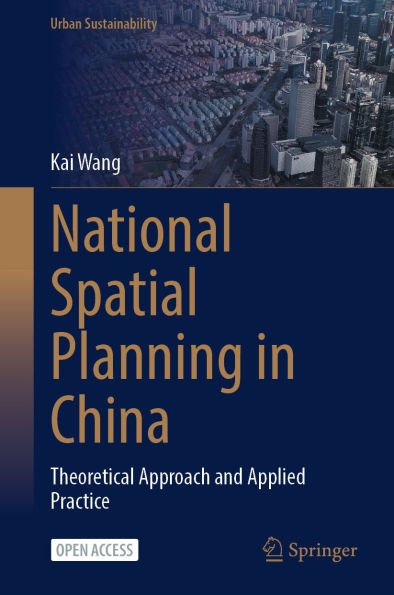This open access book conducts systematic and comprehensive research on urban spatial development problems in China from territorial perspectives, based on the scientific theory on human settlements environment. By integrating the theories of globalization, spatial planning, state intervention, and beyond, the author systematically sorts out both domestic and foreign urban spatial planning theories at national levels.
Moreover, population, industries, natural resources, ecological environments, and management mechanisms involved during the urbanization and urban development process were analyzed in order to propose the theory and methods of national spatial planning. This book is recommended for researchers and practitioners in the fields of human settlement environment, urban, and regional planning; graduate students as well as teachers of urban planning, geography, architecture, regional science, and other related majors in universities, and public officials.
This open access book conducts systematic and comprehensive research on urban spatial development problems in China from territorial perspectives, based on the scientific theory on human settlements environment. By integrating the theories of globalization, spatial planning, state intervention, and beyond, the author systematically sorts out both domestic and foreign urban spatial planning theories at national levels.
Moreover, population, industries, natural resources, ecological environments, and management mechanisms involved during the urbanization and urban development process were analyzed in order to propose the theory and methods of national spatial planning. This book is recommended for researchers and practitioners in the fields of human settlement environment, urban, and regional planning; graduate students as well as teachers of urban planning, geography, architecture, regional science, and other related majors in universities, and public officials.

National Spatial Planning in China: Theoretical Approach and Applied Practice

National Spatial Planning in China: Theoretical Approach and Applied Practice
Related collections and offers

Product Details
| ISBN-13: | 9789819777297 |
|---|---|
| Publisher: | Springer-Verlag New York, LLC |
| Publication date: | 10/26/2024 |
| Series: | Urban Sustainability |
| Sold by: | Barnes & Noble |
| Format: | eBook |
| File size: | 23 MB |
| Note: | This product may take a few minutes to download. |
